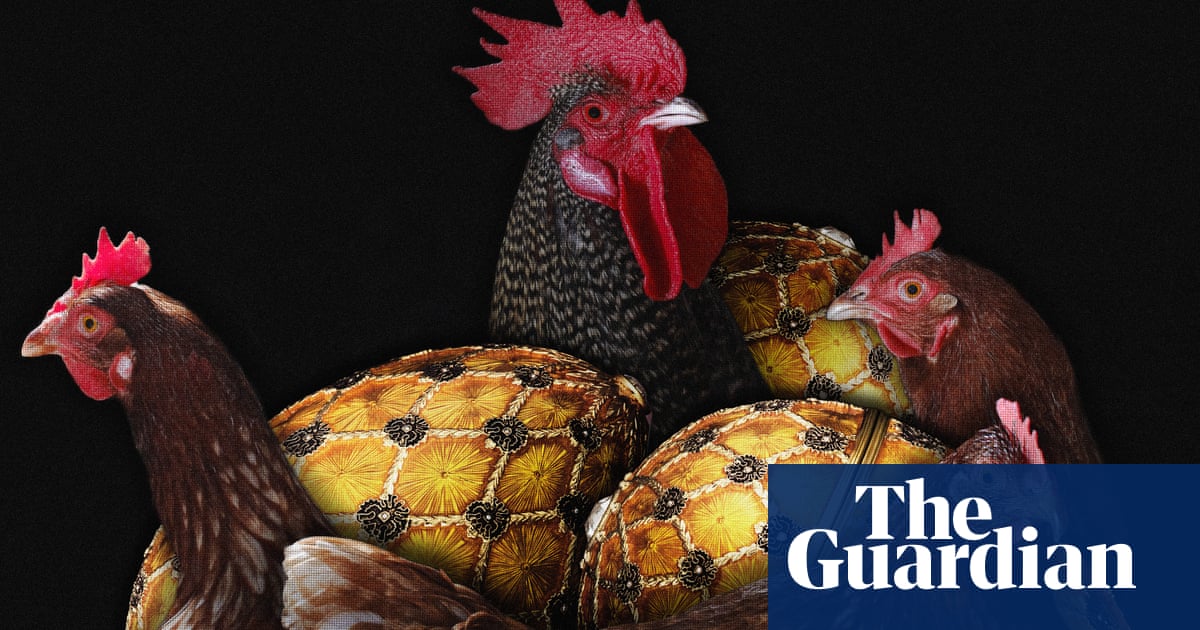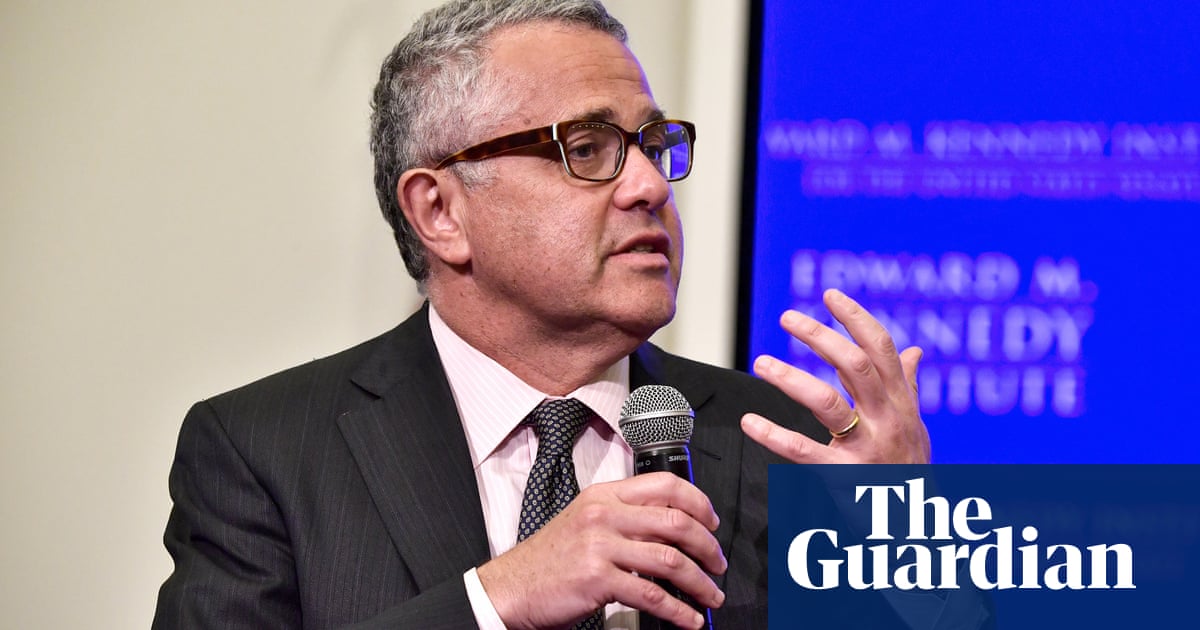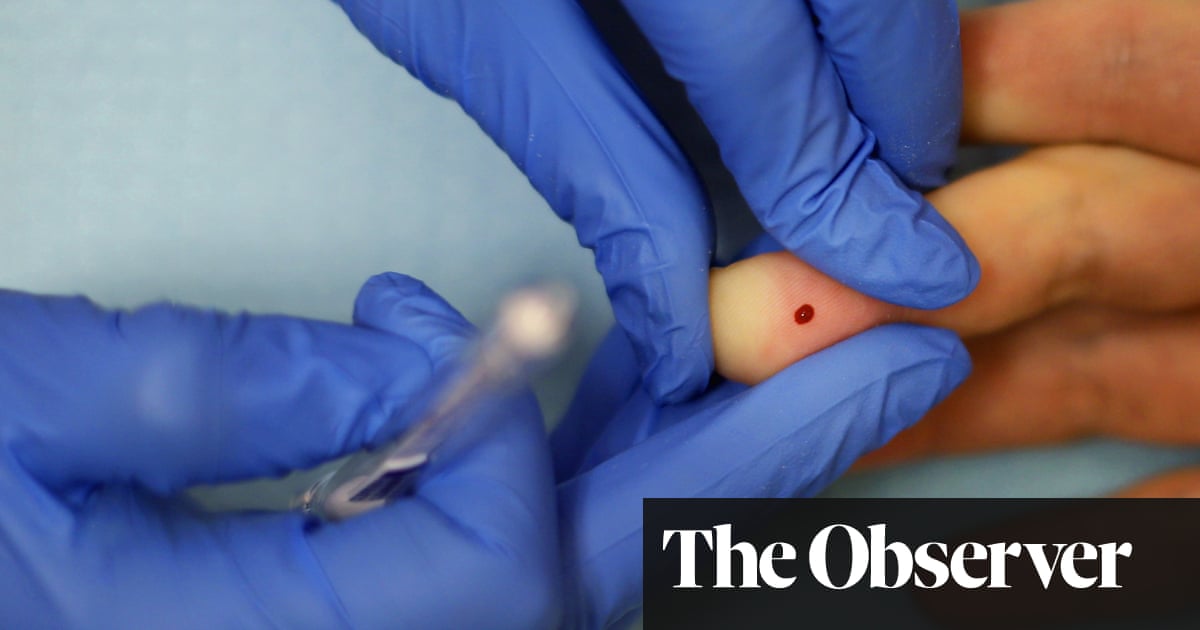First among equals There is still the small matter of Ireland v Australia on Saturday but that is not going to alter this autumn’s unavoidable fact: South Africa remain the best team in the world. Or, to boil it down to its essence, the hardest to beat. They can bash teams up, slice them open out wide, kick them to death or simply outlast them: in short, they have every angle covered. The outstanding Pieter-Steph Du Toit was a deserving winner of this year’s men’s World Player of the Year award in Monaco on Sunday but, in truth, it could have been any one of several Springboks. Eben Etzebeth and Ox Nché were right on Du Toit’s tail and Cheslin Kolbe and Siya Kolisi, among others, finished the year in splendid form. France were the other unbeaten autumn side, beating the All Blacks, Argentina and Japan, but Ireland’s sub-par home defeat by New Zealand raised some uneasy questions with Andy Farrell about to switch his focus to the 2025 British & Irish Lions.
Winners and losers Modern Test margins can be wafer thin, as England can testify. But the two sides who have made unquestionable strides since the summer have been Scotland and Australia. The Scots have been building a decent squad for a while, without nailing down all the results they would have wanted. Sunday’s convincing victory over the Wallabies showcased the growing depth and composure of Gregor Townsend’s side; had it not been for a couple of belated Wallaby tries it could have been an even more emphatic statement. Australia, though, were good value for their thrilling win against England and, in the nick of time, have raised hopes of a highly competitive Lions series next year. The biggest losers? Look no further than Wales who have just completed their first winless calendar year since 1937. There is no shame in losing to a team as strong as South Africa but Saturday’s 45-12 home defeat in Cardiff starkly illustrated the issues now facing the Welsh game.
Six Nations portents If nothing else the Autumn Nations Series has raised the stakes for several teams. How much longer will Warren Gatland stay in charge of Wales? Who will Ireland back at 10 under the temporary stewardship of Simon Easterby? The jury remains out, too, on England’s progress under Steve Borthwick. Leaving aside three November defeats out of four, a high-risk defensive system is offering too much space to quality attacking opponents. There is also the curious juxtaposition of Marcus Smith emerging as comfortably his team’s best autumn performer while the rest of the backline alongside him has struggled for rhythm. The answer seems obvious: England need to build a bespoke backline around Smith. Unless, of course, the coaches decide the team is more connected and cohesive when the less flamboyant Fin Smith comes off the bench to play fly-half. A big decision is looming, in short. It makes the next few weeks, which include four rounds of Champions Cup rugby either side of Christmas, a fascinating period.

Lions in waiting Imagine, for a second, that last weekend had been a Lions selection eliminator. How many of Scotland’s slick-looking backs would be on the plane? The answer is pretty much all of them. Blair Kinghorn, Darcy Graham and Duhan van der Merwe are a top-quality triumverate, Sione Tuipulotu and Huw Jones are an equally well-balanced midfield duo and the scrum-half Ben White is also dovetailing nicely with Finn Russell. Ireland will still have a healthy representation but the Scotland v Ireland game in the second round of the 2025 Six Nations could yet prove instructive. In a beaten Welsh side Jac Morgan and Dewi Lake have impressed but how many Englishmen managed to advance their causes over the past month? Aside from Marcus Smith, Sam Underhill, Luke Cowan-Dickie and Ollie Sleightholme the answer is not many.
Shooting stars The impact made by Australia’s new cross-code arrival Joseph-Aukuso Suaalii was instantaneous. His ability to soar high at restarts and reach balls even above expert aerial operators being hoisted aloft by lifters is remarkable and has helped to galvanise the Wallabies, with Max Jorgensen another highly promising threat. Argentina also have some eye-catching talent, with Tomas Albornoz offering spark at fly-half and the 23-year-old Joaquin Oviedo, scorer of two tries against the Wallabies in September, making waves at No 8. Of the most recent crop of Test debutants the Irish hooker, Gus McCarthy, looked a handful against Fiji while big things are expected of the teenage flanker Freddy Douglas, the youngest player to be capped for Scotland since 1963.
Light and shade In the brave new world from 2026 there will be a rousing end to the Test rugby year in the form of a final between the top two sides. If it was happening this year it would involve South Africa against another, probably France. Is that an unmissable delight to be savoured or a looming player welfare nightmare? The current global calendar already offers precious little respite for its leading players as it is. The good news is that the removal of blockers prior to box kicks and more protection for scrum-halves is enhancing the flow of the game but more evidence is needed to determine whether the 20-minute red card experiment at Test level is a good idea. There is still too much time wasted waiting for television match officials to make up their minds but broadcasting the referees’ voices over the public address has been a welcome step forward. Chapeau, too, to the artistic lighting engineers at the Stade de France. The dramatic illumination of the All Blacks haka before their evening Test against France was November’s most spell-binding moment.
after newsletter promotion
-
This is an extract taken from our weekly rugby union email, the Breakdown. To sign up, just visit this page and follow the instructions.

 2 months ago
47
2 months ago
47













































